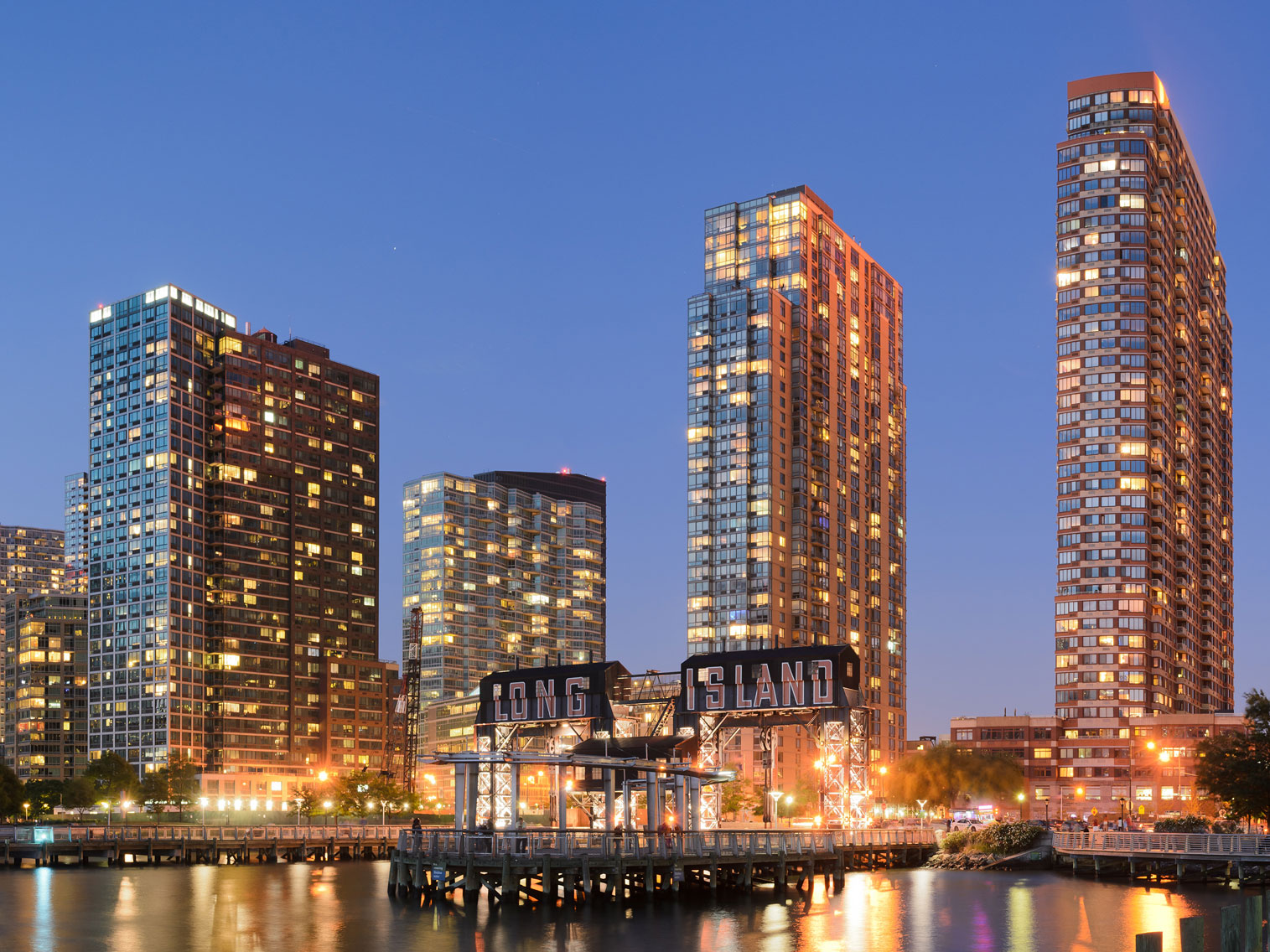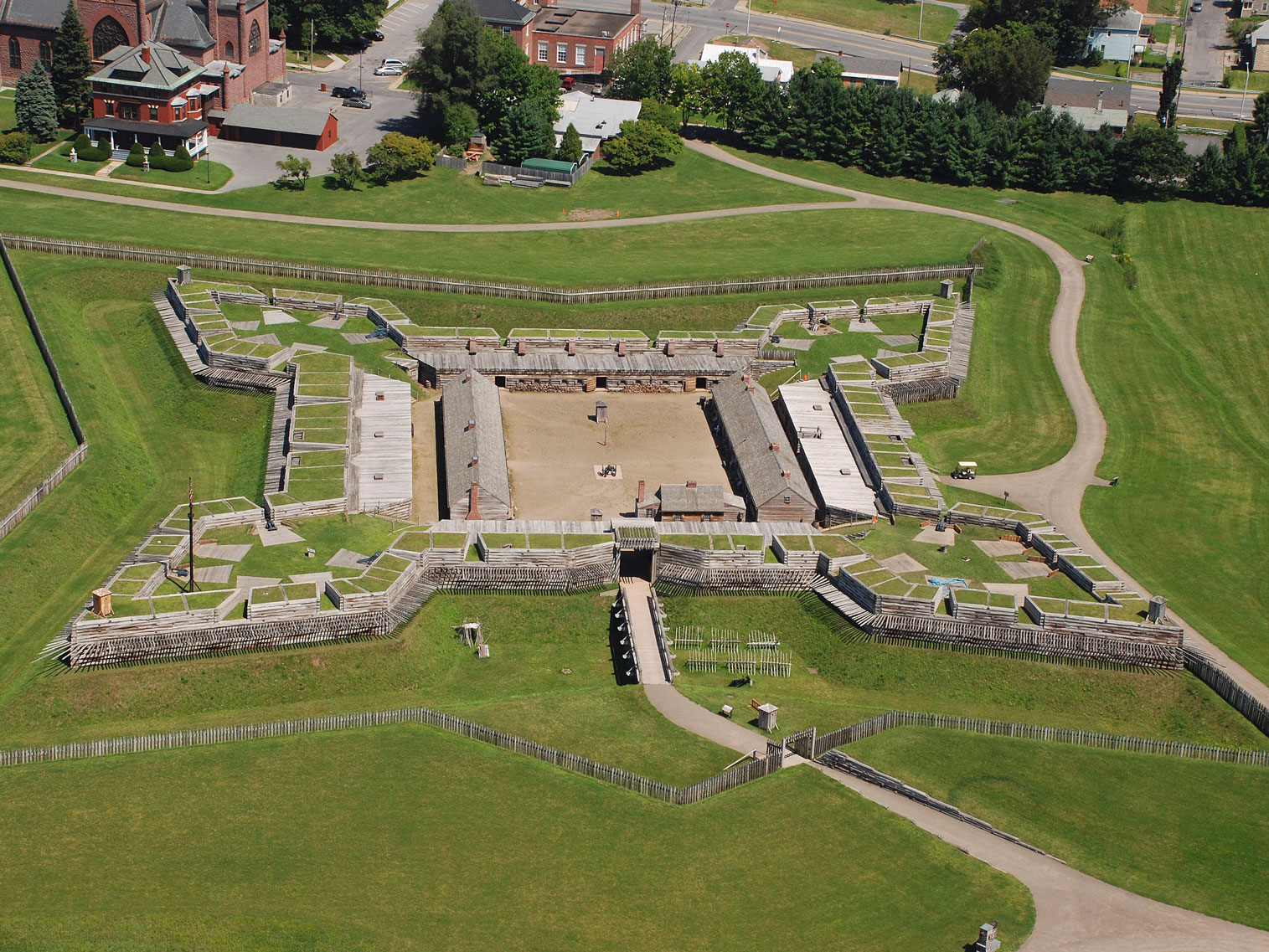New York Travel Guide
State in the Northeastern United States, was one of the original thirteen colonies forming the United States, and with its population of more than 20 million people makes it the fourth most populous state in the United States and is sometimes called New York State to distinguish it from its largest city, New York City
New York Map
Places to See in New York
New York City
The most populous city in the United States, described as the cultural, financial, and media capital of the world, significantly influencing commerce, entertainment, research, technology, education, politics, tourism, art, fashion, and sports, and is the most photographed city in the world

BrianAdler, Public domain, via Wikimedia Commons; Image Size Adjusted
Finger Lakes
Group of eleven long, narrow, roughly north-south lakes

Tim Hettler from New York, NY, USA, CC BY 2.0, via Wikimedia Commons; Image Size Adjusted
The Hamptons
Part of the East End of Long Island, comprise a group of villages and hamlets forming a popular seaside resort and one of the historical summer colonies of the northeastern US

King of Hearts / Wikimedia Commons / CC-BY-SA-3.0, CC BY-SA 3.0, via Wikimedia Commons; Image Size Adjusted
Long Island
Densely populated island in the southeast part of the state of New York which is culturally and ethnically diverse, featuring some of the wealthiest and most expensive neighborhoods in the Western Hemisphere

Saffron Blaze, CC BY-SA 3.0, via Wikimedia Commons; Image Size Adjusted
Niagara Falls
Group of three waterfalls at the southern end of Niagara Gorge, spanning the border between Canada and New York

NPS Photo, Public domain, via Wikimedia Commons; Image Size Adjusted
New York is a state in the Northeastern United States. It was one of the original thirteen colonies forming the United States. Its population of more than 20 million people makes it the fourth most populous state in the United States as of 2020. It is sometimes called New York State to distinguish it from its largest city, New York City.
New York has a diverse geography. The southern part of the state is in the Atlantic coastal plain and includes Long Island and several smaller associated islands, as well as New York City and the lower Hudson River Valley. The larger Upstate New York region comprises several ranges of the wider Appalachian Mountains, and the Adirondack Mountains in the northeastern lobe of the state. The highest elevation in New York is Mount Marcy in the Adirondacks of Northern New York, at 5,344 feet (1,629 meters) above sea level. The north-south Hudson River Valley and the east-west Mohawk River Valley bisect these more mountainous regions. Western New York is part of the Great Lakes region and borders on the Great Lakes of Lake Ontario and Lake Erie, as well as Niagara Falls. The central part of the state is dominated by the Finger Lakes, a popular vacation and tourist destination.
The area of present-day New York had been inhabited by tribes of the Algonquians and the Iroquois confederacy Native Americans for several hundred years by the time the earliest Europeans arrived. French colonists and Jesuit missionaries arrived southward from Montreal for trade. In 1609, the region was visited by Henry Hudson sailing for the Dutch East India Company. The Dutch built Fort Nassau in 1614 at the confluence of the Hudson and Mohawk rivers, where the present-day capital of Albany later developed. The Dutch soon also settled New Amsterdam and parts of the Hudson Valley, establishing the multiethnic colony of New Netherland, a center of trade and immigration. England seized the colony from the Dutch in 1664, with the Dutch recapturing their colony in 1673 before definitively ceding it to the English as a part of the Treaty of Westminster the following year. In the early 19th century, New York's development of its interior, beginning with the Erie Canal, gave it incomparable advantages over other regions of the east coast and built its political and cultural ascendancy.
Many landmarks in New York are well known, including four of the world's ten most-visited tourist attractions in 2013: Times Square, Central Park, Niagara Falls, and Grand Central Terminal. New York is also home to the Statue of Liberty. In the 21st century, New York has emerged as a global node of creativity and entrepreneurship, social tolerance, and environmental sustainability. New York has approximately 200 colleges and universities. Several universities in New York have been ranked among the top 100 in the nation and world.
New York State is well represented in the National Park System with 22 national parks. In addition, there are four national heritage areas, 27 national natural landmarks, 262 national historic landmarks, and 5,379 listings on the National Register of Historic Places.
New York State is geographically home to one National Football League team, the Buffalo Bills, based in the Buffalo suburb of Orchard Park. Although the New York Giants and New York Jets represent the New York City metropolitan area and were previously located in New York City, they play in MetLife Stadium, located in East Rutherford, New Jersey. New York also has two Major League Baseball teams, the New York Yankees (based in the Bronx) and the New York Mets (based in Queens). New York is home to three National Hockey League franchises: the New York Rangers in Manhattan, the New York Islanders in Nassau County in Long Island, and the Buffalo Sabres in Buffalo. New York has two National Basketball Association teams, the New York Knicks in Manhattan, and the Brooklyn Nets in Brooklyn. New York is the home of a Major League Soccer franchise, New York City FC, currently playing in the Bronx. Although the New York Red Bulls represent the New York City metropolitan area, they play in Red Bull Arena in Harrison, New Jersey.
New York hosted the 1932 and 1980 Winter Olympics at Lake Placid. The 1980 Games are known for the USA - USSR ice hockey match dubbed the "Miracle on Ice", in which a group of American college students and amateurs defeated the heavily favored Soviet national ice hockey team 4 - 3 and went on to win the gold medal against Finland.
The National Baseball Hall of Fame and Museum is located in Cooperstown. The annual United States Open Tennis Championships is one of the world's four Grand Slam tennis tournaments and is held at the National Tennis Center in Flushing Meadows - Corona Park in the New York City borough of Queens.
This article uses material from the Wikipedia article "New York (state)" which is released under the Creative Commons Attribution-Share-Alike License 3.0
